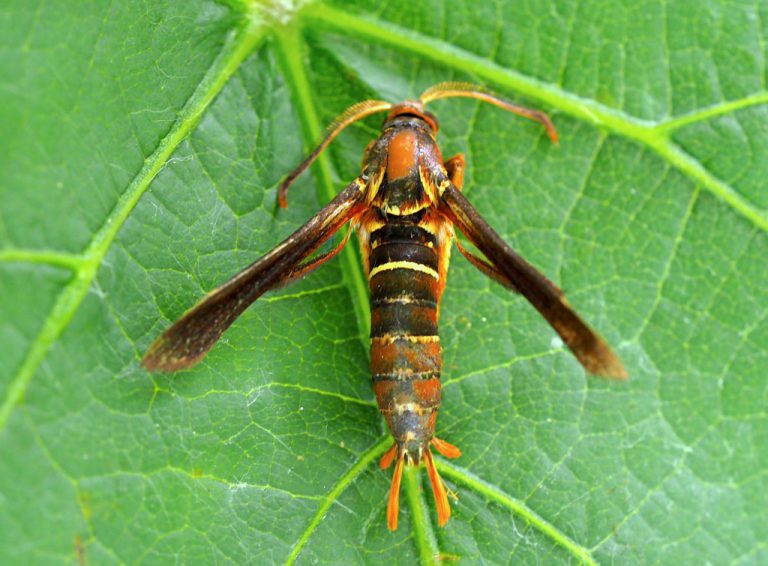By Clint Thompson

A management practice as simple as weed control can help grape producers reduce grape root borer populations.
The grape root borer is an annual pest that can devastate a grape crop. Its larvae feed on the roots of grape vines. They have a two-year life cycle and will feed underground on the roots for nearly 22 months. Being underground, the borers can go unnoticed until the vine starts to deteriorate.

Brett Blaauw, assistant professor at the University of Georgia (UGA) College of Agricultural and Environmental Sciences, discusses the importance of growers maintaining the weeds near grape vines for better grape root borer control.
“Weeds provide almost like a camouflage and also shelter for the eggs. The more ground cover that is surrounding the vines gives it more places for those eggs to hide, where the female moth can lay her eggs and are safe from predation and also safe from dessication?,” Blaauw said.
“If you have bare soil and moths are laying their eggs near the base of the vine or on the trunk of the vine and there’s no shade; the Southeast is a pretty harsh climate, so those eggs are going to be exposed to the sun, the heat and also to the predators. There’s a lot of negative impacts against those eggs when there’s a weed free zone.”
Blaauw mentioned in a previous interview that research has determined that one grape root borer larvae can reduce a vine’s yields by 50%. If there is more than one, it could easily reduce the vine’s survivability and the fruit quality.










